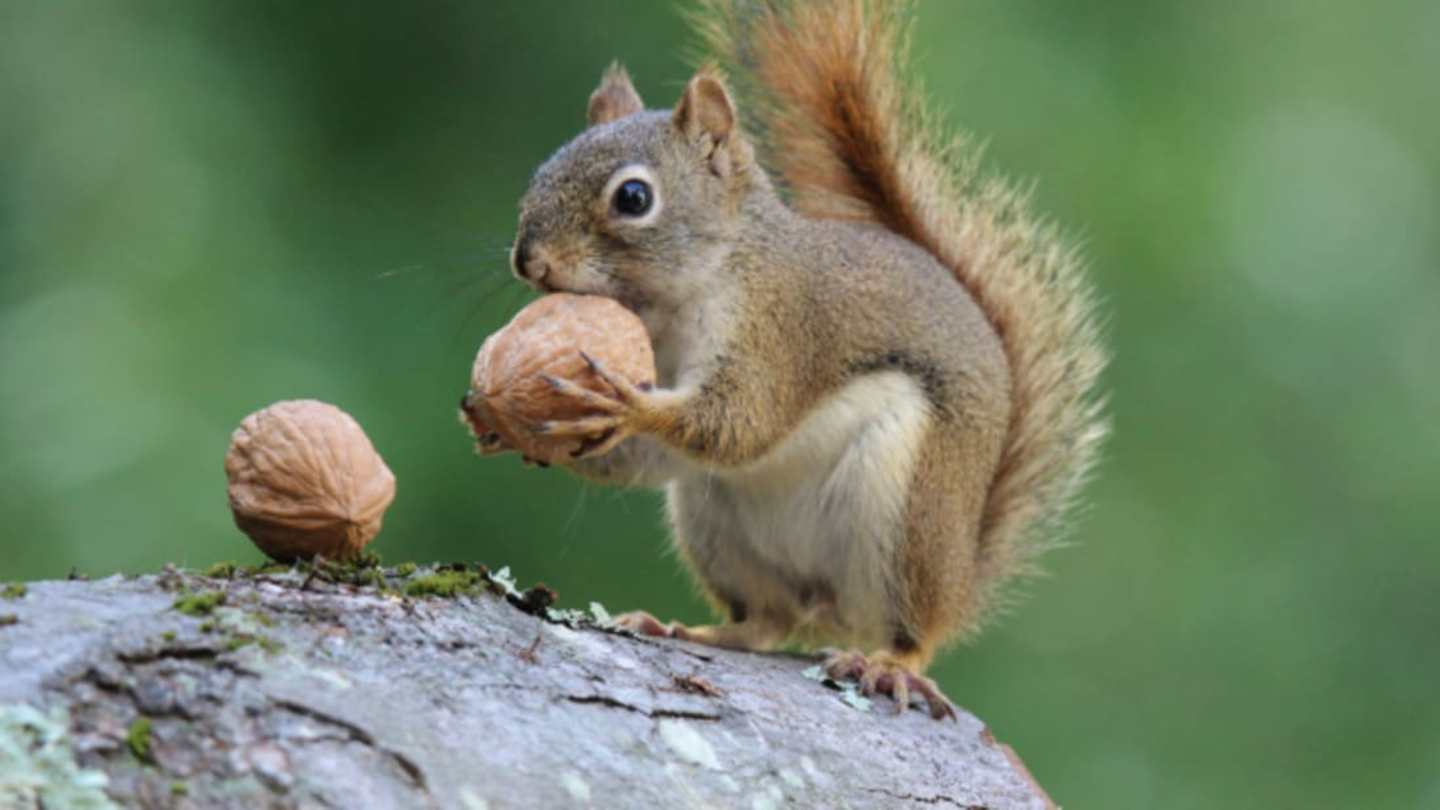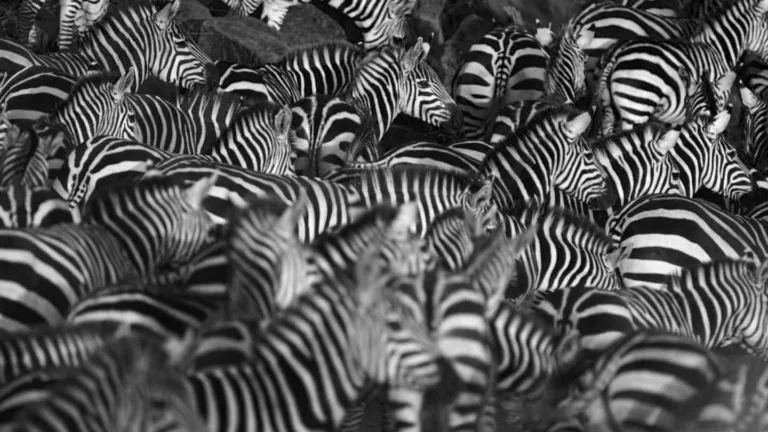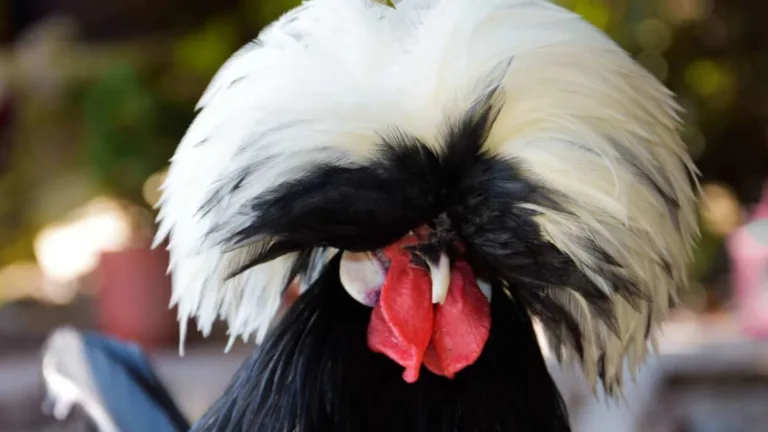The fall of 1968 witnessed an extraordinary event across the eastern United States: a mass movement of Grey Squirrels Unlike Anything Previously Recorded. Newspapers were flooded with reports of these furry creatures attempting to cross bodies of water, often with tragic results. Others met their demise on roadways as traffic surged through areas suddenly teeming with squirrels. This unprecedented spectacle captured the public’s attention and sparked curiosity among scientists eager to understand the driving forces behind this sudden surge in squirrel activity.
Wildlife biologist Vagn Flyger dove into the mystery, meticulously examining reports and conducting field research. His investigations revealed that a bumper crop of acorns in 1967 had led to an explosion in the squirrel population. However, the following year brought a meager Acorn Harvest, leaving countless squirrels searching for sustenance. This combination of abundant offspring and Dwindling Food Sources, Flyger concluded, spurred the Squirrel Migration.
Flyger’S Findings, bolstered by the insights of renowned squirrel expert John Koprowski, painted a picture of an emigration driven by local conditions rather than a traditional seasonal migration. Squirrels, Seeking More Fertile Foraging Grounds, were venturing far from their familiar territories in search of survival.
The Great Squirrel Exodus of 1968
Newspapers across the eastern United States buzzed with accounts of this unusual phenomenon. Images of squirrels swarming roadsides and attempting to cross rivers filled the pages, captivating the public’s imagination. Some reports described entire families of Squirrels Making Perilous Journeys, Their Desperation Palpable. It was a stark reminder of the challenges faced by wildlife even in seemingly abundant environments.
The impact on local communities was undeniable. Drivers reported near-miss collisions as hordes of squirrels Darted Across Roadways, while residents shared stories of squirrels invading homes and gardens in search of food. The sheer number of squirrels proved overwhelming for some areas, leading to concerns about potential damage to property and crops. This mass movement, however, also served as a poignant reminder of the interconnectedness of nature and the unpredictable challenges that animals sometimes face.
 How Many Giant Squids Are There? Unveiling the Mystery
How Many Giant Squids Are There? Unveiling the MysteryThe 1968 event highlighted the vulnerability of wildlife populations, even common species like the grey squirrel. The squirrel migration underscored the importance of habitat preservation and the need for conservation efforts to ensure the long-term survival of these fascinating creatures.
Causes and Contributing Factors
Vagn Flyger’s investigation illuminated the complex web of factors contributing to this extraordinary squirrel movement. He concluded that a bumper crop of acorns in 1967 had led to a surge in the squirrel population. However, the following year brought a dramatic decline in acorn production, leaving countless squirrels facing food scarcity. This imbalance created a situation where squirrels were compelled to venture beyond their familiar territories in search of sustenance.
Adding to this pressure was the phenomenon of “mast-seeding,” where trees produce an abundance of acorns one year followed by a Lean Year. This cyclical pattern can create fluctuations in squirrel populations, influencing their dispersal patterns and survival strategies. The 1967 Acorn Boom, coupled with the subsequent scarcity, created a perfect storm that pushed Squirrels Towards Emigration.
Flyger’s research also highlighted the role of habitat fragmentation in shaping squirrel movements. As human development encroached upon natural landscapes, squirrels faced increasingly limited foraging grounds, further increasing their need to search for more hospitable environments. This combination of factors – Food Scarcity, mast-Seeding Cycles, and habitat loss – ultimately contributed to the mass squirrel migration observed in 1968.
Vagn Flyger’s Investigation
Enterprising wildlife biologist Vagn Flyger took on the challenge of unraveling this Squirrel Mystery. He meticulously combed through news reports and gathered eyewitness accounts from across the affected region. Flyger conducted extensive field research, observing squirrel behavior and analyzing acorn availability in various habitats. His dedication to uncovering the truth behind this unusual phenomenon set him on a path that would shed light on the complex factors driving Squirrel Migrations.
Flyger’s investigations revealed a compelling narrative. He discovered that a bumper crop of acorns in 1967 had led to an explosion in the squirrel population. However, the following year brought a significant decline in acorn production, leaving countless squirrels struggling to find Adequate Food Sources. This scarcity, combined with reports of widespread squirrel movement, pointed towards an organized search for More Fruitful Foraging Grounds.
Flyger’S Findings, published in scientific journals and presented at conferences, provided a crucial framework for understanding the squirrel migration. His meticulous research approach, coupled with his insightful analysis, transformed this seemingly random event into a valuable case study showcasing the intricate interplay between wildlife populations and Their Environment.
Historical Parallels: Past Squirrel Movements
While the 1968 Event Captivated Public Attention, it wasn’t an isolated incident. Historical accounts reveal that large-scale squirrel movements have occurred throughout history, suggesting a recurring pattern influenced by Environmental Factors.
John Bachman, a prominent naturalist in the mid-19th century, documented widespread squirrel migrations in the 1800s, often triggered by mast failures and Habitat Disruption. Similarly, Henry David Thoreau, the renowned author and essayist, observed significant shifts in squirrel populations around Concord, Massachusetts, attributing them to fluctuations in acorn availability. These historical parallels highlight the cyclical nature of these movements, driven by ecological forces that shape Squirrel Behavior.
Perhaps most intriguing is the account of a massive “squirrel storm” reported in 1890s New York City. Thousands of squirrels descended upon Park Avenue, creating chaos and confusion among pedestrians. While the exact cause remains unclear, it’s speculated that food scarcity or habitat loss may have triggered this Extraordinary Gathering. These historical accounts, alongside modern observations like the 1968 migration, underscore the resilience and adaptability of squirrels in navigating a constantly changing environment.
Habitat Fragmentation and Future Outmigrations
While the 1968 squirrel exodus was a dramatic event, experts like John Koprowski believe that Modern Habitat Fragmentation Makes large-Scale Emigrations Less Likely Today. As human development continues to encroach Upon Natural Landscapes, squirrels are increasingly confined to smaller, isolated patches of habitat. This fragmentation limits their options for dispersal and foraging, reducing the likelihood of mass movements in search of new territories.
However, this doesn’t mean that squirrel populations are immune to the effects of habitat loss. Fragmentation can lead to increased competition for resources, Reduced Genetic Diversity, and heightened vulnerability to disease. Moreover, climate change poses an additional threat, potentially altering acorn production patterns and forcing squirrels to adapt to shifting Environmental Conditions.
While future outmigrations on the scale of 1968 may be less common, understanding the factors that drive squirrel movements remains crucial for conservation efforts. By protecting existing habitat corridors and Promoting Sustainable Land Management Practices, we can help ensure that squirrels have the space and resources they need to thrive in a changing world.










